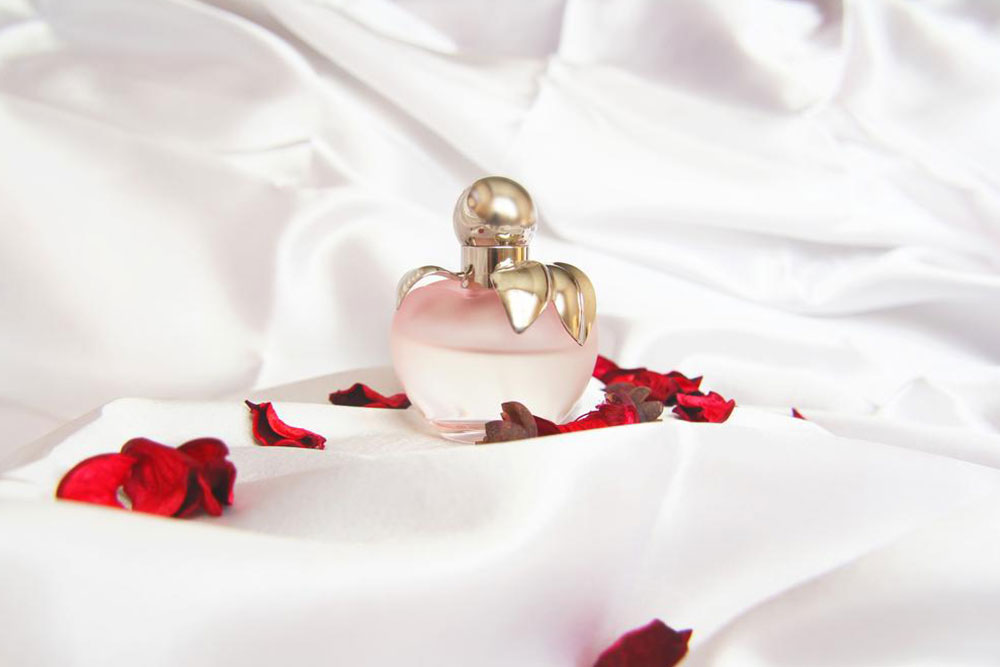Exploring the Origins and Perception of Fragrances and Perfumes
This article explores the origins, perception, and regional influences on fragrances and perfumes. It discusses how natural sources contribute to pleasant scents, the subjective nature of fragrance perception, and the scientific and market research behind creating popular perfumes. Understanding these factors helps in appreciating the cultural and environmental importance of fragrances worldwide.

The Roots and Perception of Fragrances and Perfumes
Fragrances are appealing scents that can originate from a variety of sources such as food, flowers, plants, perfumes, deodorants, talcum powders, wallpapers, and room fresheners. Anything that please the senses with a pleasant aroma is considered a fragrance.
What exactly is fragrance? Fragrances often have naturally sweet odors, found in nature’s creations. These scents can calm the mind, soothe nerves, and possess many beneficial qualities.
Perceptions of fragrance are largely subjective; what smells pleasant to one may not be to another. Mood and personal perception influence whether a scent is deemed attractive or not. Therefore, defining a universal fragrance is complex. However, scents like lavender, jasmine, and rose are widely appreciated globally, despite slight regional variations.
Environment plays a significant role in scent development. Local climates, soil, water, and air influence fragrance characteristics, creating regional favorites. Sometimes, specialized jobs involve scent testing and market research to identify promising fragrances before launching products. Rigorous scientific testing in laboratories ensures only the most appealing scents reach consumers.
Note: Our blog offers insights across various topics for informative purposes. While our research aims to be accurate, we advise readers to verify details elsewhere as discrepancies may exist. We do not endorse the completeness or accuracy of third-party information or promotional schemes mentioned outside our scope.










